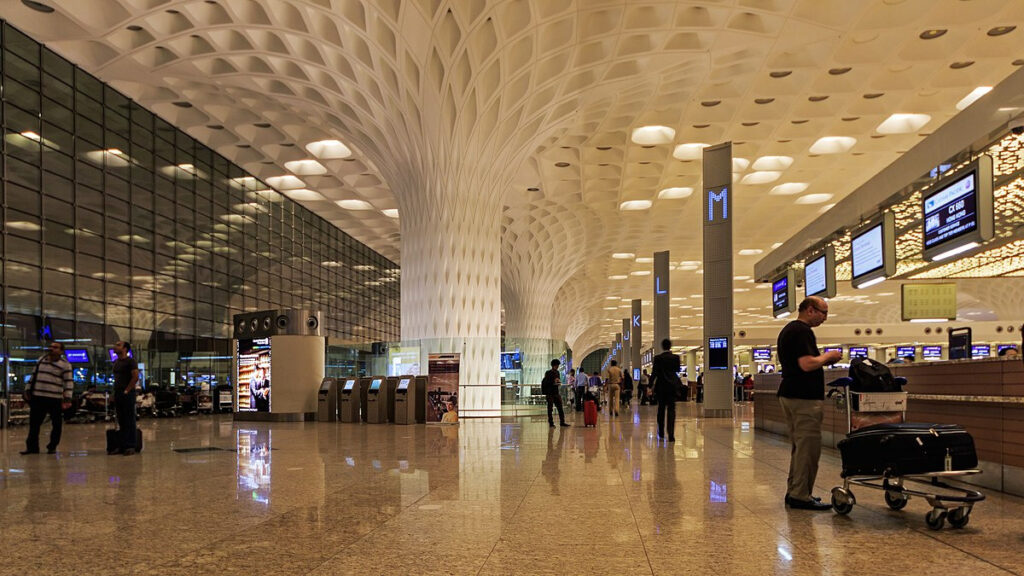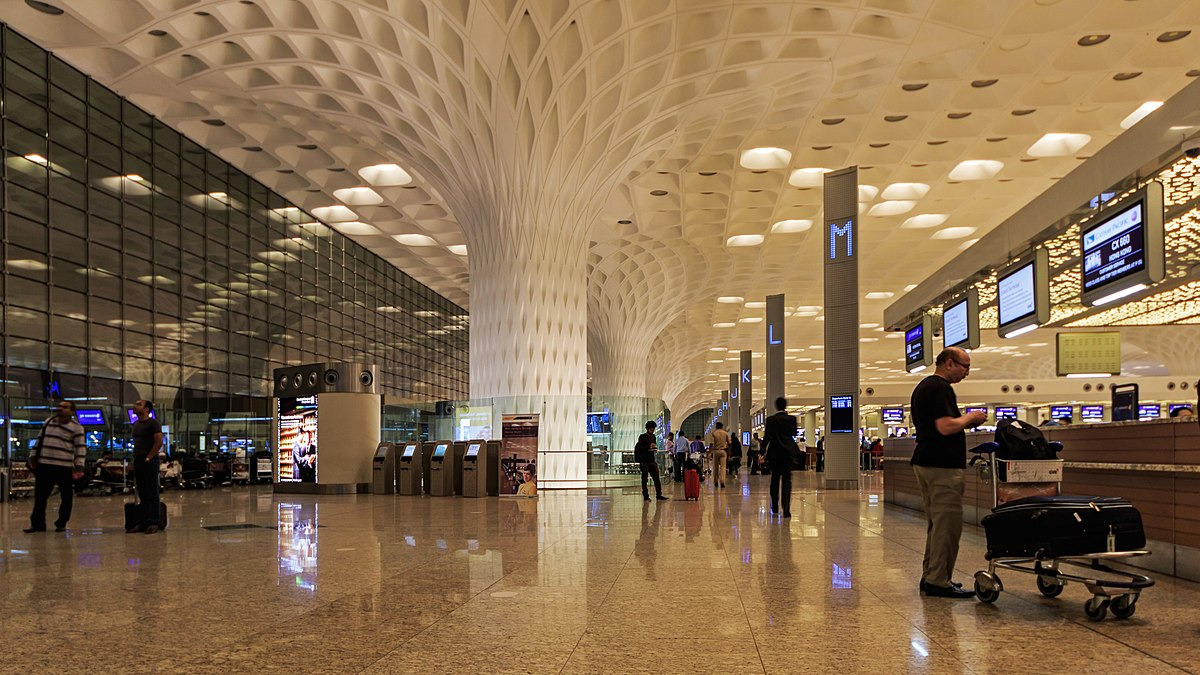Delhi & Mumbai Airports: 74M & 60M Monthly Capacities
India’s aviation sector continues its rapid growth trajectory and holds the esteemed position of being the world’s third-largest domestic aviation market. With an impressive tally of 30 operational international airports, the country is diligently working to elevate its airport infrastructure and processes to accommodate this flourishing growth, as highlighted by VK Singh, the Minister of State in the Ministry of Civil Aviation. He further underscored that Delhi Mumbai airport, with capacities of 74 million and 60 million passengers respectively, are leading the charge.
During a recent session in the Rajya Sabha, Singh presented a comprehensive overview of the average monthly and yearly passenger capacities of various international airports for the 2022-23 period. This data serves as a testament to the dynamic nature of passenger movement and the exceptional adaptability of airports to meet this demand effectively.

Mumbai’s Chhatrapati Shivaji Maharaj International Airport (MIAL) has consistently maintained a steady monthly passenger influx of 3.66 million, translating to an impressive annual passenger capacity of 60 million, showcasing the airport’s pivotal role in facilitating seamless travel for millions.
Delhi Mumbai Airport Boast Monthly Capacities of 74 Million and 60 Million Passengers- MoCA
Bangalore’s Kempegowda International Airport (BIAL) smoothly manages an average of 2.66 million passengers each month, contributing to an annual passenger capacity of 51.50 million.
Hyderabad’s Rajiv Gandhi International Airport (GHIAL) reflects an annual passenger handling capacity of 21.60 million, complemented by an average monthly passenger count of 1.75 million.
Chennai Airport retains its prominence with an average monthly passenger count of 1.55 million, which significantly contributes to the airport’s ability to handle an impressive annual passenger volume of 23.00 million.
In the serene backdrop of Goa, an average of 0.70 million passengers per month pass through the airport, cumulatively resulting in an annual passenger handling capacity of 11.30 million.
This dynamic trend resonates across airports such as Lucknow, Guwahati, Jaipur, Varanasi, Ahmedabad, Cochin, Kushinagar, and several others. Singh aptly describes this collective capacity as a testament to India’s thriving aviation landscape, effectively catering to the escalating numbers of travelers.
Mitigating the surge and addressing delays at major airports across the nation, the implementation of strategies such as deploying additional CISF personnel, reinforcing BoI staff, incorporating additional X-ray machines, check-in counters, and self-baggage drop facilities are underway. Real-time updates through social media platforms are being employed, and travelers are encouraged to embrace the efficiency of DigiYatra for streamlined clearances and time savings.
Singh emphasizes that ongoing infrastructure enhancement
In further endeavors to enhance passenger convenience, Singh elaborates on efforts encompassing capacity augmentation through terminal modifications, bolstered X-ray machines for baggage screening, augmented deployment of personnel from CISF, airlines, and airport operators, effective flight slot management, and concerted collaboration with airlines to alleviate flight congestion.
The inaugural phase of the Digi Yatra initiative has been successfully launched at major airports, including Delhi, Bangalore, Varanasi, Kolkata, Pune, Vijayawada, and Hyderabad.
Singh emphasizes that ongoing infrastructure enhancement and facility upgrades, managed either by the Airports Authority of India (AAI) or relevant airport operators, are meticulously tailored to operational needs, traffic flow, demand dynamics, and commercial viability.
In consonance with the UDAN scheme, both AAI and other PPP Airport Operators have committed substantial investment, exceeding INR 98,000 crore, towards a comprehensive Capital Expenditure (Capex) Plan. Notably, AAI’s allocation of around INR 25,000 crore is dedicated to the development, modernization, and establishment of cutting-edge greenfield airports between 2019 and 2024.
This formidable investment seeks to gracefully accommodate the surging passenger numbers, ensuring an amalgamation of safety, comfort, and a superlative customer-centric air travel experience, underscored by Singh.






